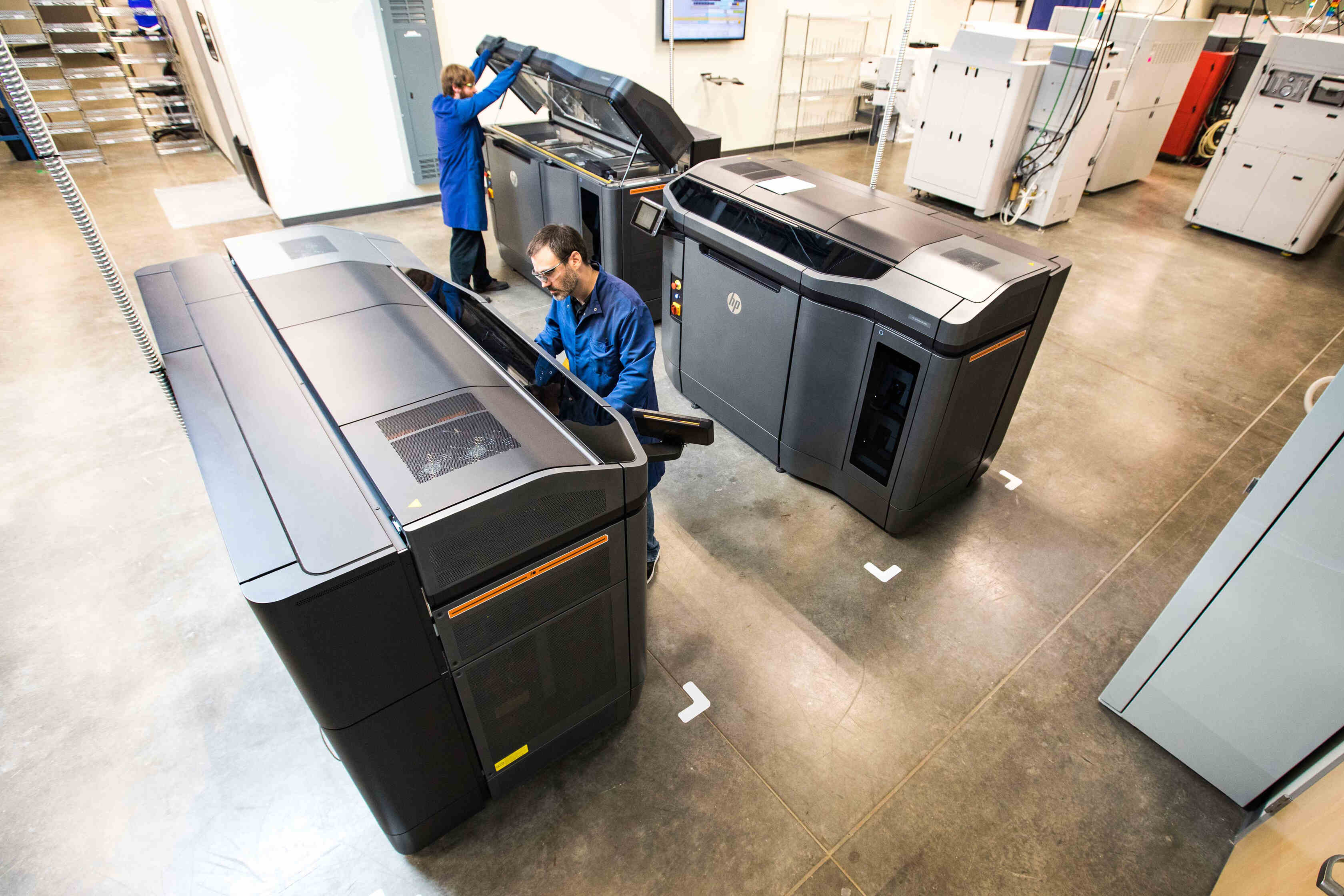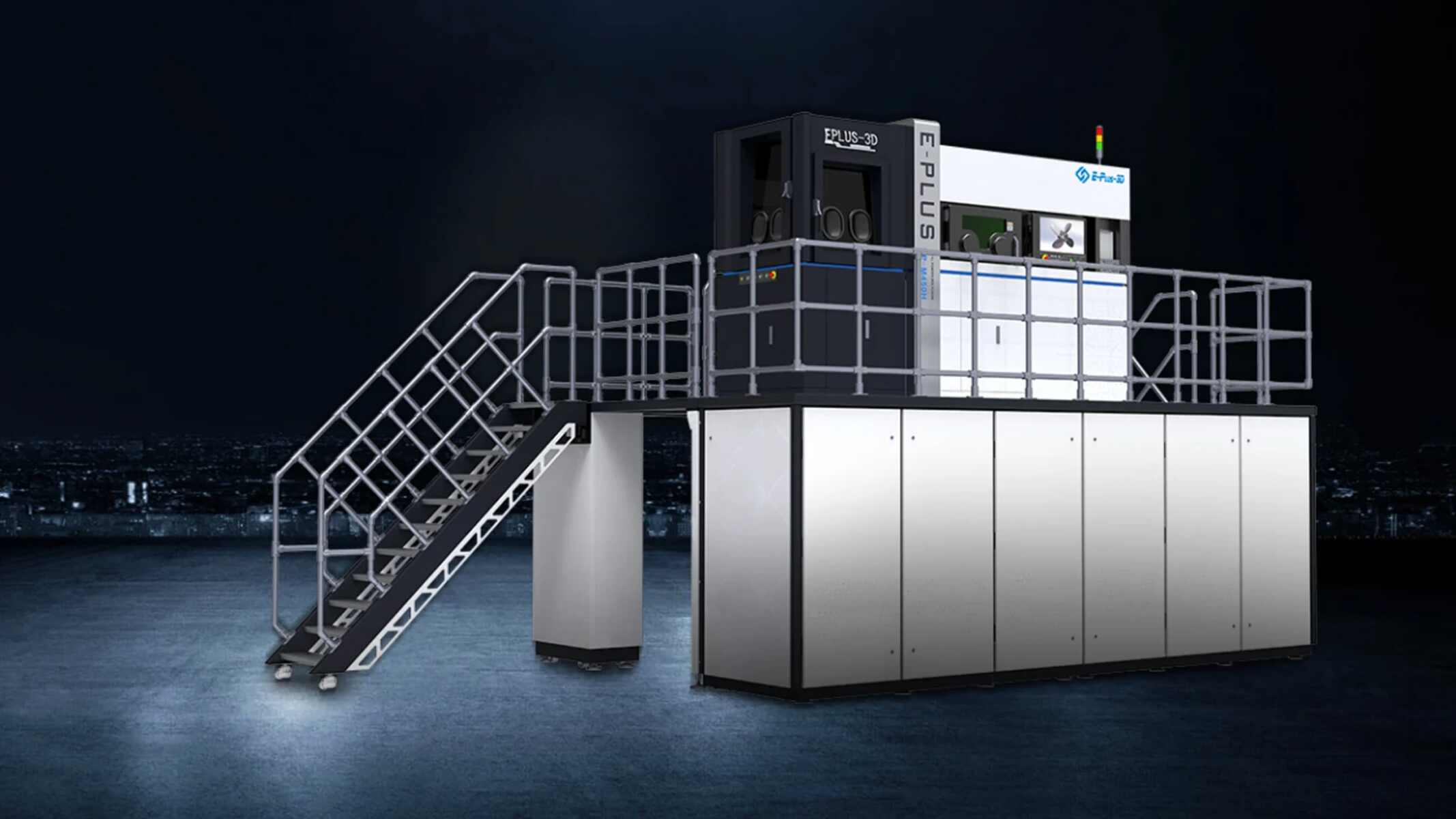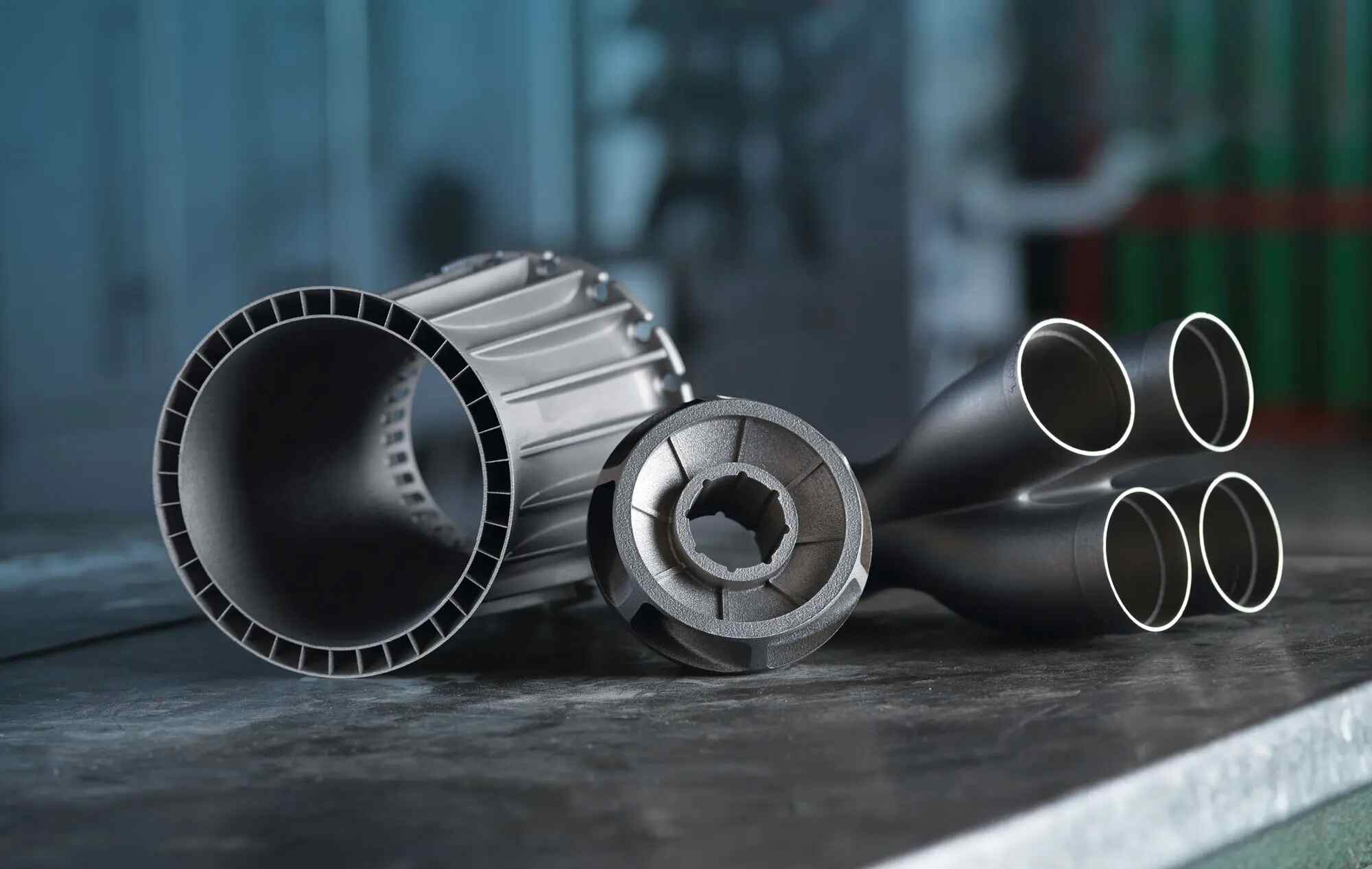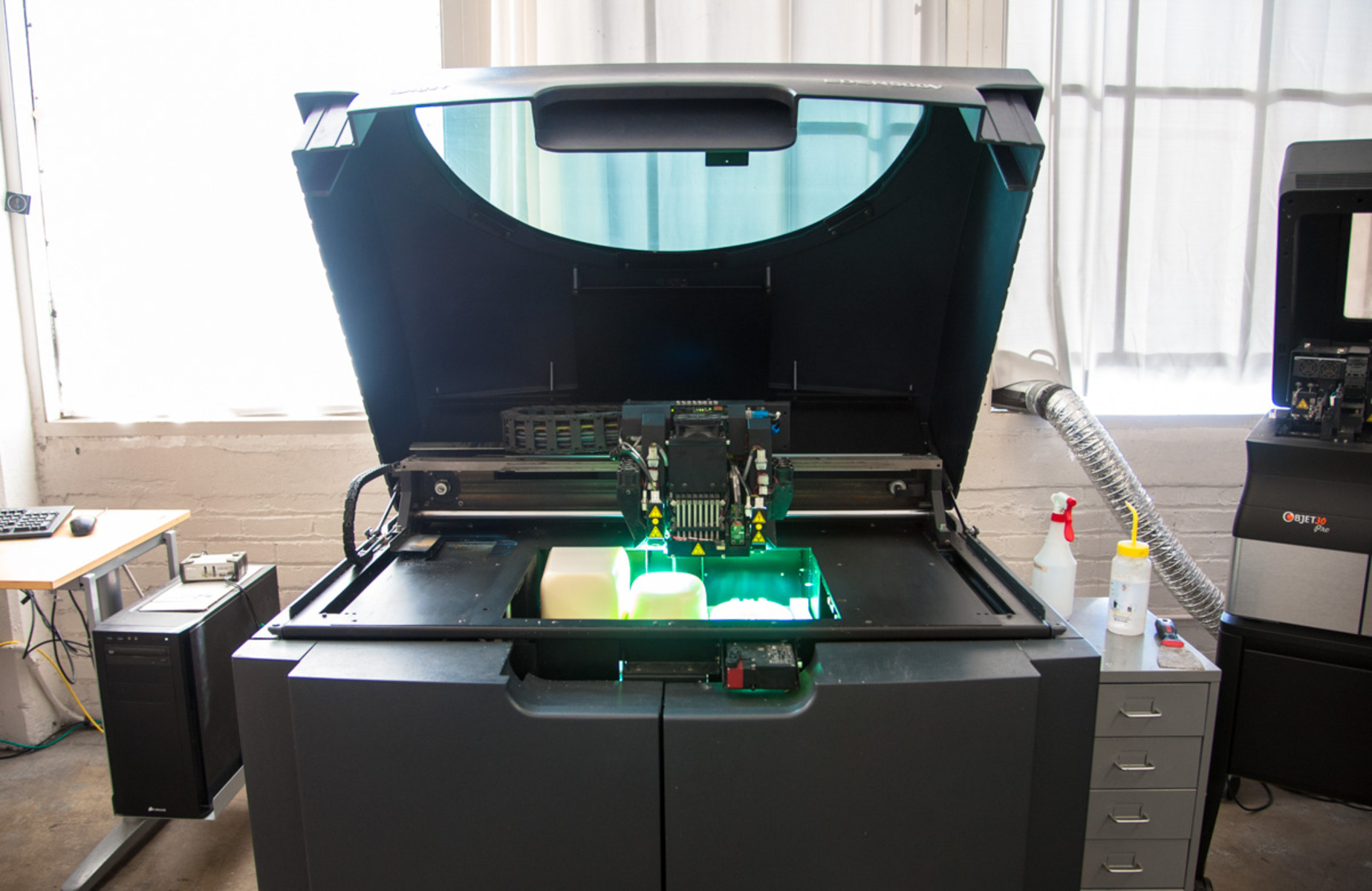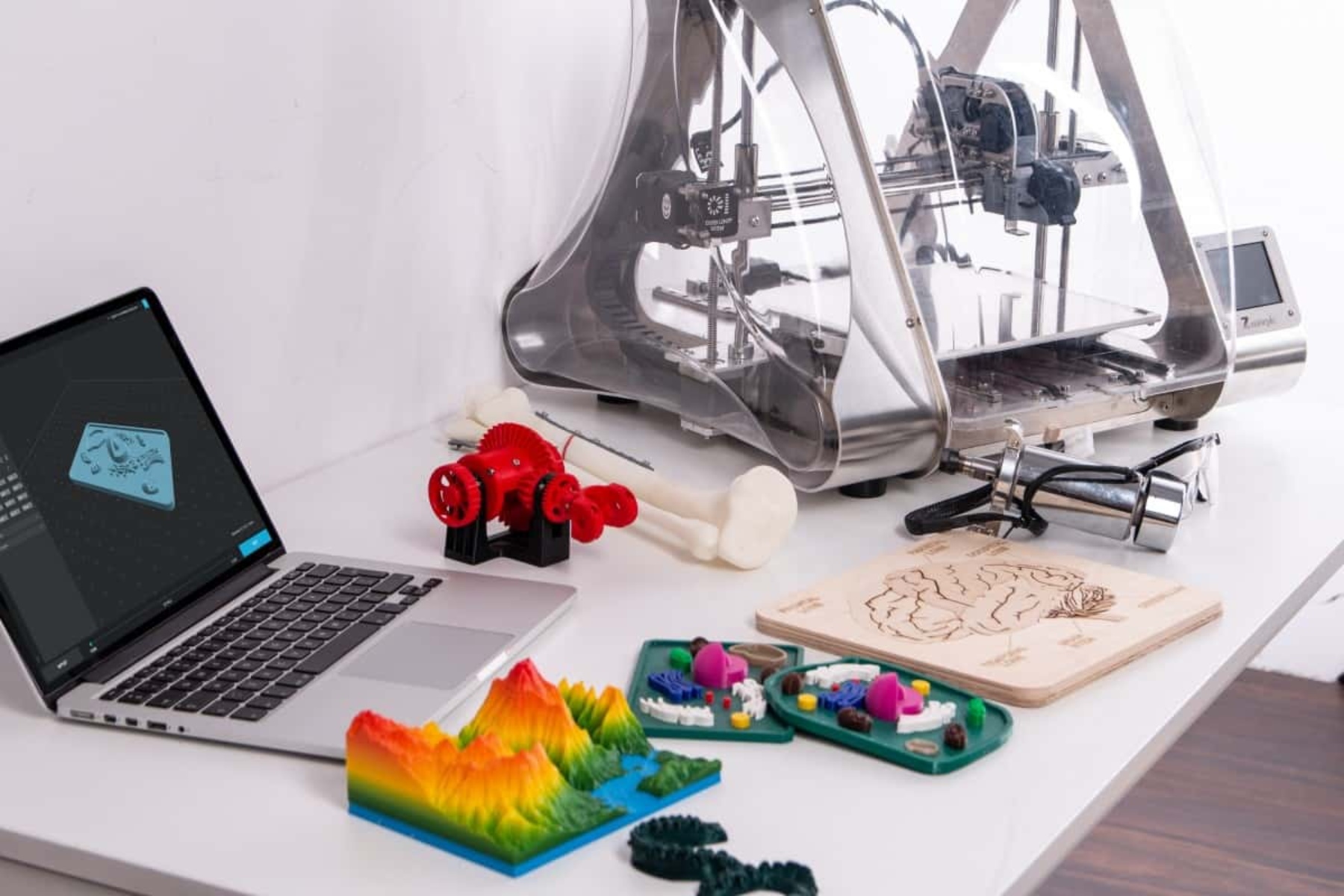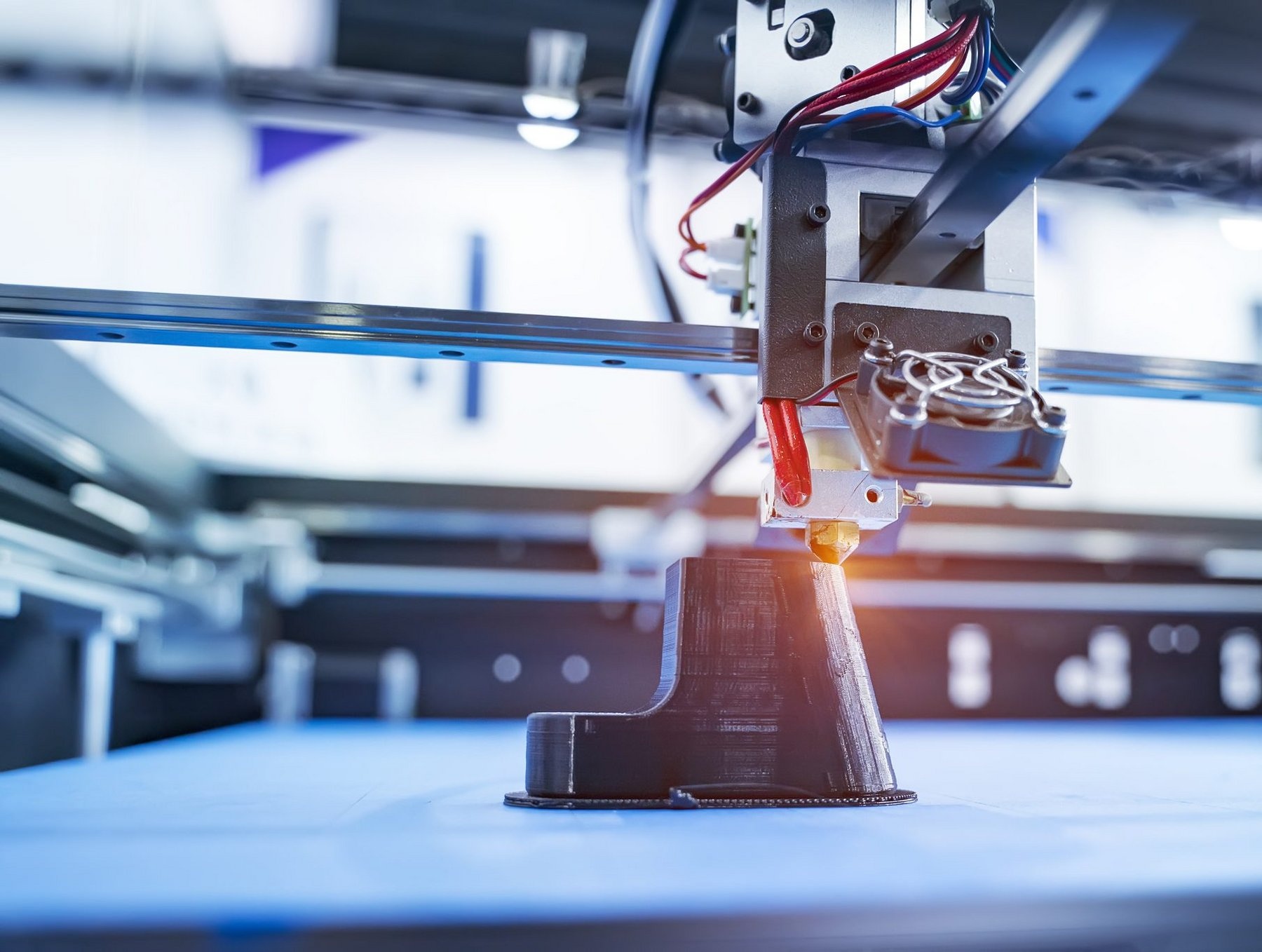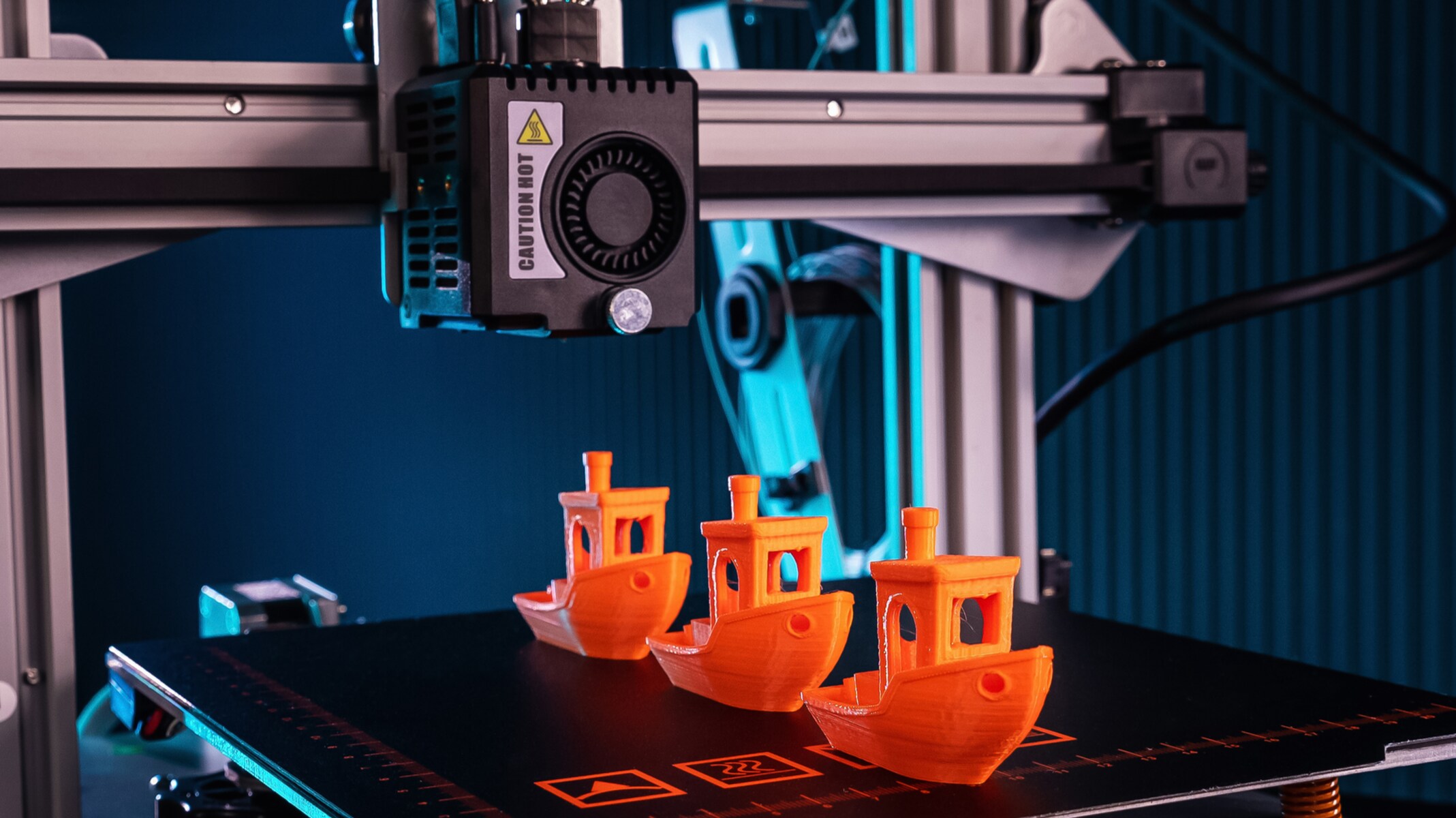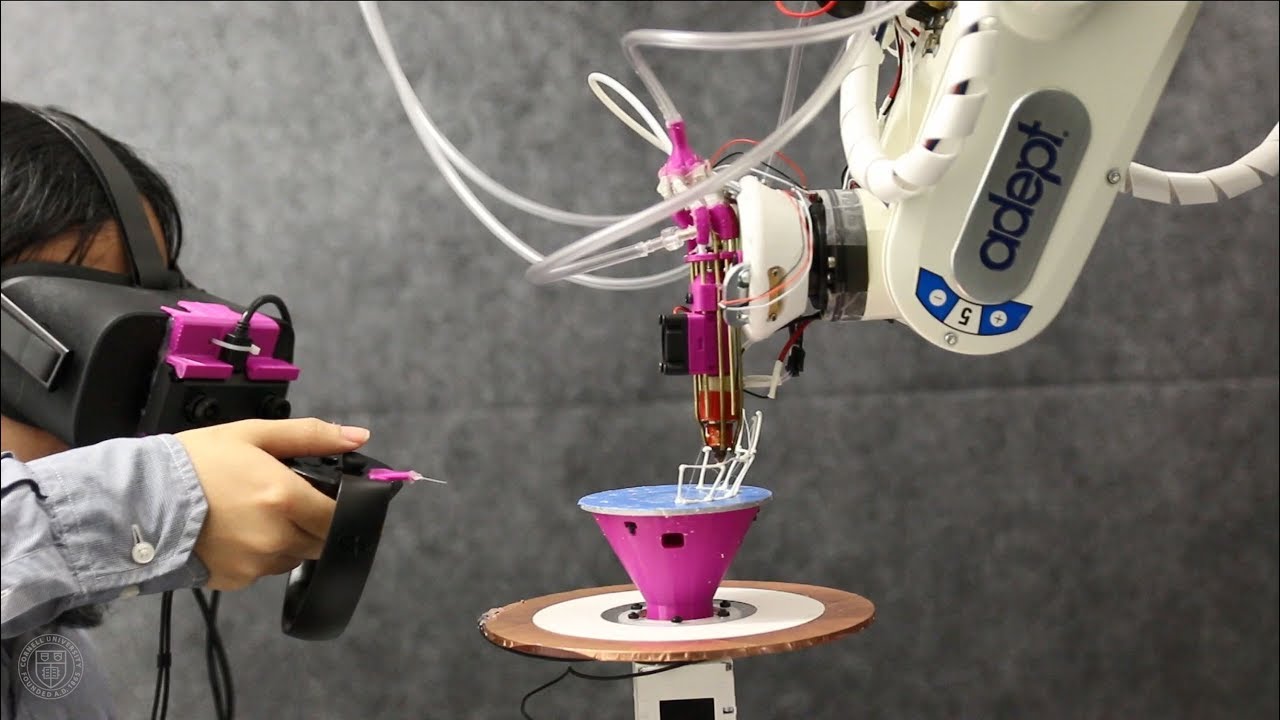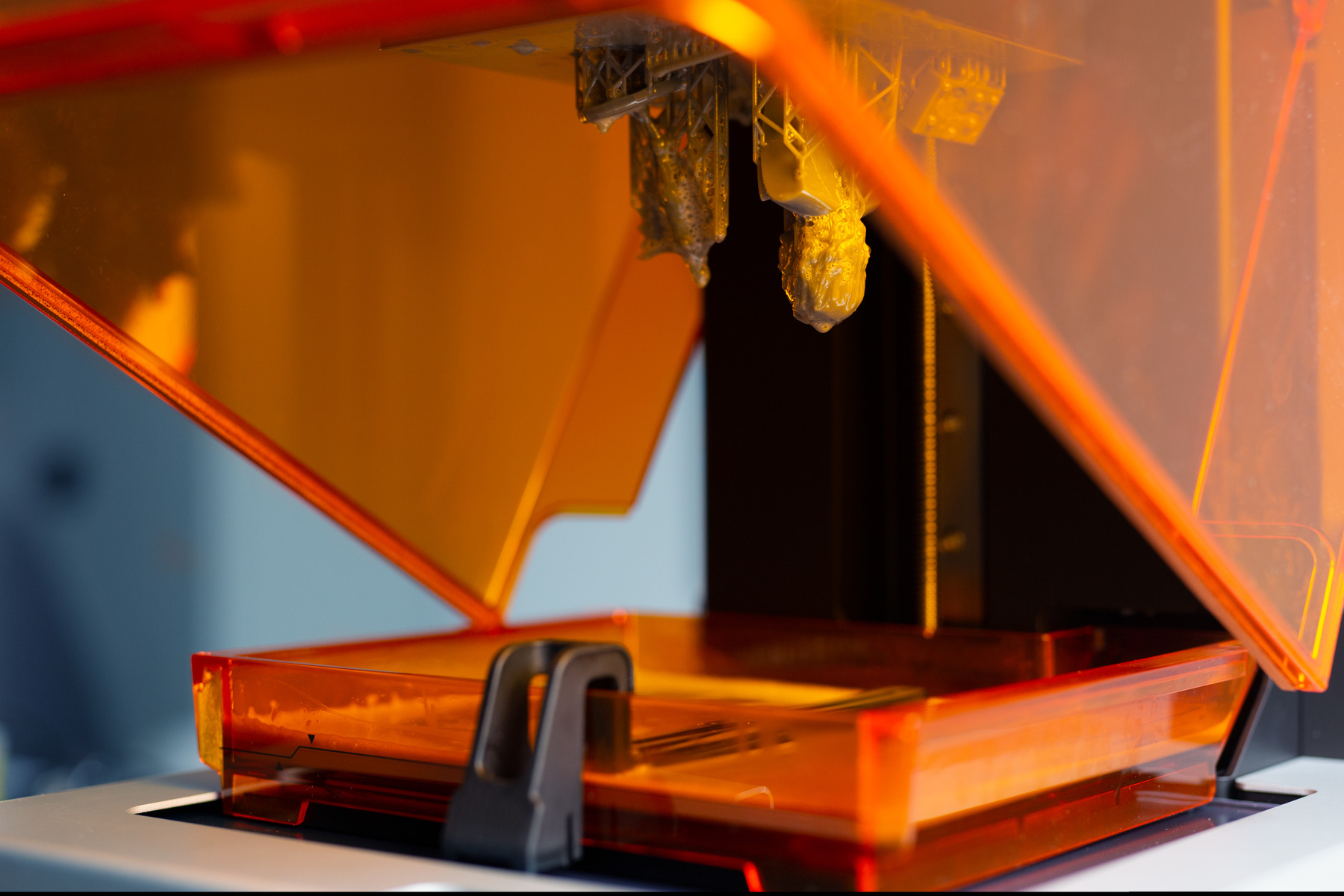Introduction
Multi Jet Fusion (MJF) 3D printing is a cutting-edge additive manufacturing technology that has revolutionized the manufacturing industry. With its ability to produce high-quality, functional parts at a rapid speed, MJF is a game-changer in the world of 3D printing. This technology is known for its exceptional precision, speed, and versatility, making it a top choice for companies across various industries.
MJF was developed by HP Inc., one of the leading companies in the printing industry, in collaboration with industry experts and engineers. It was first introduced to the market in 2016 and has since gained significant popularity for its advanced capabilities.
Unlike traditional manufacturing methods, which involve subtractive processes like cutting, carving, or shaping materials to create a final product, MJF uses additive processes. It works by building up layers of material one by one, using a high-speed printing head to selectively apply a binding agent and a detailing agent onto a powdered base material.
The binding agent fuses the particles together, creating a solid layer, while the detailing agent improves the finish and accuracy of the part’s surface. This unique combination of agents, coupled with the precise control of the printing head, enables MJF to achieve exceptional detail and meticulous accuracy, resulting in parts with excellent functional properties.
One of the key advantages of MJF is its ability to produce complex geometries and intricate designs that would be challenging or impossible to create using traditional manufacturing methods. Whether it’s lightweight structures, lattice patterns, or integrated features, MJF can bring even the most intricate designs to life with incredible precision.
This technology also offers exceptional speed, allowing for rapid production and shorter lead times. Compared to other 3D printing technologies, MJF can produce parts up to ten times faster, making it an ideal choice for companies and industries where time is of the essence.
The versatility of MJF is another aspect that sets it apart. It can work with a wide range of materials, including various types of polymers and even mixed-material parts. This flexibility opens up endless possibilities for manufacturing custom, functional parts for different industries, such as automotive, aerospace, healthcare, and consumer goods.
In the next sections, we will delve deeper into the history of MJF, its working principles, advantages, limitations, applications, and its comparison to other 3D printing technologies. We will also explore the future of MJF and its potential impact on the manufacturing landscape.
History of Multi Jet Fusion 3D Printing
Multi Jet Fusion (MJF) 3D printing technology is a relatively recent development in the field of additive manufacturing. It was introduced to the market by HP Inc., a renowned company known for its innovations in the printing industry. The journey of MJF began with a vision to redefine manufacturing processes and enable the production of high-quality, functional parts using 3D printing techniques.
In 2014, HP Inc. announced their entrance into the 3D printing arena and unveiled their ambitious project, which later became known as Multi Jet Fusion. The company aimed to leverage their expertise in inkjet printing technologies to revolutionize the world of additive manufacturing.
The development of MJF involved years of rigorous research, experimentation, and collaboration with industry experts and engineers. HP Inc. invested heavily in refining the technology and optimizing its capabilities to meet the demands and requirements of various industries.
In 2016, HP Inc. officially launched the first commercial MJF 3D printer, the HP Jet Fusion 3200, along with a higher-performance model, the HP Jet Fusion 4200. These printers marked a major milestone in the history of 3D printing, as they offered unprecedented speed, accuracy, and quality compared to existing technologies.
The key innovation behind MJF is its ability to apply multiple agents simultaneously during the printing process. The printer’s high-speed printing head selectively applies a binding agent and a detailing agent onto a powdered base material layer by layer. The binding agent fuses the particles together, while the detailing agent enhances the surface quality and accuracy of the parts.
Since its initial release, MJF has continued to evolve and improve. HP Inc. has introduced several advancements and upgrades to their MJF technology, including the launch of the HP Jet Fusion 5200 series in 2019. This series introduced greater efficiency, higher productivity, and improved part quality, further solidifying MJF’s position as a leading 3D printing technology.
Today, MJF has gained widespread recognition and adoption across various industries. Its exceptional capabilities have enabled companies to create functional prototypes, produce end-use parts, and optimize manufacturing processes. The continuous advancements and ongoing developments in MJF technology hold immense promise for the future.
In the next sections, we will explore the working principles of MJF, its advantages, limitations, applications, and how it compares to other 3D printing technologies. We will also discuss the future potential and impact of MJF on the manufacturing industry.
How Does Multi Jet Fusion 3D Printing Work?
Multi Jet Fusion (MJF) 3D printing utilizes a unique process to create functional parts with exceptional precision and speed. It involves several steps that work in tandem to build up layers of material and create the final printed object.
The process begins by preparing a digital 3D model of the desired object using CAD (Computer-Aided Design) software. This model serves as the blueprint for the MJF printer to follow during the printing process.
Once the design is finalized, the MJF printer begins the first phase, known as the preheating stage. A thin layer of powdered material, usually a thermoplastic polymer such as nylon, is evenly distributed onto the build platform.
After the powder bed is prepared, the MJF printer moves onto the second phase, which involves the application of agents. A high-speed printing head moves across the powdered bed, selectively depositing a binding agent and a detailing agent onto the material.
The binding agent serves a crucial role in MJF. It selectively fuses the powder particles together in the desired areas, creating a solid layer. The binding agent is applied in a precise pattern corresponding to the cross-section of the digital model, enabling accurate and intricate geometries to be realized.
The detailing agent, on the other hand, enhances the surface finish and accuracy of the printed object. It is applied in areas where higher detail and finer resolution are required, improving the overall quality and aesthetics of the final part.
Once the agents are applied, the process moves to the third phase, which is the fusion phase. The MJF printer exposes the printed layers to intense infrared (IR) energy. This energy is absorbed by the powdered material, causing it to heat up and reach a temperature just below its melting point.
This controlled heating and energy absorption allow the powder particles to fuse together, resulting in solid layers. The binding agent aids in this fusion process by facilitating the cohesion of the particles, ensuring a robust and strong final part.
After the fusion phase, the build platform, which now contains the solidified layers, is lowered, and a new layer of powdered material is spread over it. The process continues, repeating the deposition of the agents and the fusion phase, layer by layer, until the entire object is completed.
Once the printing is finished, the excess powder surrounding the printed object is removed, leaving behind the functional parts. Post-processing steps, such as cleaning and surface finishing, may be required to enhance the final appearance and mechanical properties of the printed parts.
The ability of MJF to simultaneously apply the binding and detailing agents, coupled with the precise control of the printing head and the use of intense infrared energy, allows for the creation of highly accurate and detailed parts in a relatively short amount of time.
In the following sections, we will explore the advantages, limitations, and applications of Multi Jet Fusion 3D printing, as well as compare it to other 3D printing technologies.
Advantages of Multi Jet Fusion 3D Printing
Multi Jet Fusion (MJF) 3D printing offers a wide range of advantages that make it an attractive choice for various industries. This innovative technology has revolutionized manufacturing processes and has quickly gained recognition for its unique capabilities. Here are some of the key advantages of MJF:
Precision and Accuracy: MJF is known for its exceptional precision and accuracy. The ability to selectively deposit binding and detailing agents allows for the creation of highly detailed and intricate geometries. This level of precision enables the production of complex parts with tight tolerances, making it suitable for applications that require high accuracy.
Speed and Efficiency: MJF is significantly faster compared to many other 3D printing technologies. The high-speed printing head and the ability to build multiple layers simultaneously result in faster production times. This makes MJF ideal for companies that require quick turnaround times and rapid prototyping or manufacturing of functional parts.
Versatility in Material Selection: MJF works with a wide range of materials, including various thermoplastic polymers. The ability to use different materials offers versatility in creating parts with different characteristics, such as durability, flexibility, or heat resistance. This flexibility allows for the production of customized parts for specific applications and industries.
Excellent Mechanical Properties: MJF produces parts with exceptional mechanical properties. The fusion of the powder particles with the binding agent results in solid layers with high strength and durability. These parts exhibit excellent structural integrity and can withstand a range of functional requirements, making them suitable for demanding applications.
Complex Geometries and Lattice Structures: MJF enables the creation of complex geometries and lattice structures that are difficult to achieve with traditional manufacturing methods. The layer-by-layer building process allows for intricate designs with internal structures and lightweight components. This feature is particularly valuable in industries such as aerospace, automotive, and medical, where lightweight and optimized designs are essential.
Cost-Effective Production: MJF can offer cost-effective production compared to other manufacturing methods, especially for low to medium volume production. The ability to consolidate multiple components into a single printed part reduces assembly time and costs. Furthermore, the speed and efficiency of MJF can lead to cost savings in terms of labor and production time.
Sustainability: MJF is a sustainable manufacturing option. The ability to reuse excess powder and minimize material waste significantly reduces the environmental impact compared to traditional manufacturing processes. Additionally, MJF uses less energy and produces fewer emissions, making it an environmentally friendly choice.
These advantages make MJF a preferred choice for industries such as aerospace, automotive, healthcare, consumer goods, and more. The precision, speed, versatility in material selection, and cost-effectiveness of MJF open up a wealth of possibilities for various applications, driving innovation and pushing the boundaries of conventional manufacturing methods.
In the following sections, we will explore the applications of Multi Jet Fusion 3D printing, as well as its limitations and how it compares to other 3D printing technologies.
Applications of Multi Jet Fusion 3D Printing
Multi Jet Fusion (MJF) 3D printing technology has a wide range of applications across various industries. Its unique capabilities, including precision, speed, and versatility, make it suitable for a diverse range of manufacturing needs. Here are some key applications of MJF:
Prototyping: MJF is widely used for rapid prototyping due to its ability to quickly produce highly accurate and detailed prototypes. It allows designers and engineers to transform their digital designs into physical objects for testing, validation, and iteration. The speed and precision of MJF enable faster design cycles, reducing time to market and cost of prototyping.
Functional Parts: MJF is capable of producing functional parts with excellent mechanical properties. This makes it suitable for applications where parts need to withstand specific loads, stresses, or functional requirements. Industries such as automotive, aerospace, and manufacturing can benefit from the production of end-use parts with MJF, reducing the need for traditional manufacturing processes.
Customization and Personalization: MJF allows for the customization and personalization of products at a large scale. With its ability to build complex geometries and lattice structures, MJF enables the production of customized products tailored to individual needs. Industries such as healthcare, consumer goods, and jewelry can leverage MJF to create personalized and unique items.
Tooling and Jigs: MJF is utilized for the production of custom tools, fixtures, and jigs. These auxiliary components are crucial in manufacturing processes for guiding, holding, and assembling parts. MJF’s speed and cost-effectiveness in producing custom tooling offer significant advantages in reducing lead times and enhancing productivity on the shop floor.
Functional Prototypes: MJF is used to create prototypes that closely mimic the appearance, functionality, and performance of the final product. This allows for comprehensive testing, validation, and demonstration before investing in full-scale production. Industries such as automotive, consumer electronics, and medical devices benefit from the ability to produce functional prototypes quickly and accurately.
Spare Parts and Replacement Components: MJF can be used for on-demand production of spare parts and replacement components. This is particularly beneficial for industries with a large inventory of legacy parts or unique components that are difficult to source. MJF enables the production of these parts without the need for expensive tooling or long lead times.
Educational and Research Applications: MJF is widely used in educational institutions and research facilities for academic purposes and experimentation. It provides students, researchers, and scientists with a hands-on approach to explore the possibilities of 3D printing and its practical applications across various disciplines.
These applications represent just a snapshot of the potential uses for Multi Jet Fusion 3D printing technology. The versatility and capabilities of MJF enable innovation, cost savings, and enhanced efficiency across numerous industries. As the technology continues to evolve, we can expect to see further advancements and an even broader range of applications.
In the following sections, we will discuss the limitations of Multi Jet Fusion 3D printing and how it compares to other 3D printing technologies.
Limitations of Multi Jet Fusion 3D Printing
While Multi Jet Fusion (MJF) 3D printing offers numerous advantages, it is important to acknowledge its limitations. Understanding these limitations helps set realistic expectations and determine when alternative manufacturing methods may be more appropriate. Here are some key limitations of MJF:
Material Limitations: Although MJF works with a wide range of materials, it may not be compatible with certain specialized materials or composites. The selection of materials for MJF is more limited compared to other 3D printing technologies, which may impact the suitability of MJF for specific applications.
Surface Finish: While MJF produces highly accurate parts, the surface finish may not be as smooth as parts produced using traditional manufacturing methods. Post-processing, such as sanding or polishing, may be required to achieve a desired surface finish for certain applications, adding extra time and effort to the production process.
Build Size Constraints: MJF machines have limitations on the maximum build size, both in terms of width, height, and depth. Therefore, large-scale production of oversized parts may not be feasible with MJF technology. It is important to consider the specific build platform dimensions and ensure they align with the desired part size requirements.
Complex Support Structures: The generation of support structures is essential in MJF to ensure the stability of overhanging or complex geometries during the printing process. However, the removal of these support structures can be time-consuming and may require additional steps or tools. This can affect the overall production time and add complexity to the post-processing phase.
Part Consistency: Due to the layer-by-layer nature of the printing process, there may be variations in part consistency, particularly in mechanical properties, across different areas of a printed object. Factors such as thermal management and machine calibration can influence part consistency and require careful consideration during the printing process.
Cost Considerations: While MJF can be cost-effective for low to medium volume production, it may not be as cost-effective for high volume production runs. The initial investment in MJF equipment and materials, as well as the time required for printing, can impact production costs. It’s important to analyze the cost-effectiveness of MJF for specific projects and evaluate it against other manufacturing methods.
Design Limitations: Certain design considerations are necessary when using MJF technology. For instance, overhanging features or very thin walls may require additional supports or modifications to ensure successful printing. Design complexity can also impact the printing time and material usage, so careful design optimization is essential for efficient MJF production.
Despite these limitations, MJF 3D printing remains a powerful and versatile manufacturing method that has transformed various industries. By understanding the limitations and incorporating them into the design and production processes, businesses can make informed decisions about when to utilize MJF or explore alternative manufacturing methods.
In the following sections, we will compare Multi Jet Fusion 3D printing to other 3D printing technologies and discuss the future potential of MJF in the manufacturing industry.
Comparison to Other 3D Printing Technologies
Multi Jet Fusion (MJF) 3D printing stands out among the various 3D printing technologies available today. While each technology has its own strengths and limitations, understanding how MJF compares to other options can help businesses make informed decisions about selecting the most suitable method for their specific needs. Here are some key aspects to consider when comparing MJF to other 3D printing technologies:
Speed: MJF is renowned for its exceptional speed compared to many other 3D printing technologies. With its ability to build multiple layers simultaneously, MJF offers faster printing times, making it ideal for projects requiring rapid prototyping or short production cycles.
Precision and Detail: When it comes to precision and detail, MJF is among the top contenders. The selective deposition of agents allows for highly accurate and detailed parts, making it a preferred choice for applications requiring intricate geometries or fine features.
Material Options: While MJF works well with a range of thermoplastic polymers, other 3D printing technologies offer a wider variety of material options. Technologies like Stereolithography (SLA) and Selective Laser Sintering (SLS) can work with materials such as resins, metals, ceramics, and even composites, providing more versatility in material selection.
Surface Finish: The surface finish of MJF parts may not be as smooth as parts produced using other technologies like SLA or PolyJet. However, post-processing techniques can be employed to achieve the desired surface finish for MJF parts, mitigating this limitation to an extent.
Build Size: MJF machines come in various sizes, each with limitations on the maximum build size. While industrial-scale MJF printers can accommodate larger parts, technologies like Fused Deposition Modeling (FDM) offer larger build volumes, making them more suitable for manufacturing large-sized objects.
Cost-Effectiveness: MJF is often considered cost-effective for low to medium volume productions. However, other technologies like FDM and SLA may have lower upfront costs and material costs, making them more budget-friendly options for certain applications.
Adaptability and Complexity: MJF’s ability to produce complex geometries and lattice structures is a major advantage, especially when compared to FDM, where overhangs and intricate designs can pose challenges. The precision and adaptability of MJF make it an ideal choice for applications that require intricate, lightweight, or structurally optimized designs.
It is important to assess the specific requirements and constraints of a project when comparing 3D printing technologies. Factors such as speed, precision, material options, surface finish, build size, cost, and complexity should all be taken into consideration to determine the most suitable technology for a given application.
As with any technology, advancements and further developments are continuously shaping the landscape of 3D printing. Each technology has its own unique strengths, making them more suitable for certain applications or industries. By staying informed about the evolving capabilities of different 3D printing technologies, businesses can leverage the appropriate technology to optimize their manufacturing processes.
In the following section, we will discuss the future potential of Multi Jet Fusion 3D printing and its impact on the manufacturing industry.
Future of Multi Jet Fusion 3D Printing
The future of Multi Jet Fusion (MJF) 3D printing holds immense potential for transforming the manufacturing industry. As technology continues to evolve and improve, MJF is poised to play a crucial role in reshaping traditional manufacturing processes. Here are some key areas where MJF is expected to make significant advancements in the future:
Improved Speed and Efficiency: While MJF is already known for its speed, further advancements will likely enhance its efficiency and productivity. Faster printing speeds, improved automation, and optimized workflows will enable even shorter lead times and accelerated production cycles. This will make MJF an increasingly attractive option for industries that require rapid prototyping and on-demand manufacturing.
Expansion of Material Options: As MJF technology continues to progress, the range of compatible materials is expected to expand. Research and development efforts aim to introduce new materials with enhanced properties, such as increased strength, improved flexibility, conductivity, or even biocompatibility. The ability to print with diverse materials will open up new applications and enable more specialized and customized products.
Enhanced Surface Finish: While MJF parts already exhibit good surface quality, advancements in post-processing techniques and machine calibration will further improve the surface finish of printed objects. Smoother finishes will reduce the need for additional post-processing steps and expand the range of applications for MJF parts, particularly in industries where aesthetics and tactile properties are crucial.
Integration with Industry 4.0: MJF’s digital nature lends itself well to integration with emerging technologies associated with Industry 4.0. The ability to connect MJF printers to networked systems, such as Internet of Things (IoT) platforms and data analytics, will enable real-time monitoring, remote control, and predictive maintenance. This integration will streamline production workflows, optimize resource utilization, and enhance overall operational efficiency.
Increased Scale and Build Volume: As demand for larger parts grows, it is expected that MJF machines with larger build volumes will be developed. This will allow a wider range of applications, including the production of large-scale industrial components. Such advancements will further solidify MJF’s position in industries like automotive, aerospace, and architecture where size and structural optimization are key considerations.
Advancements in Multi-Material Printing: MJF technology is already capable of printing mixed-material parts, but future developments may enable even more complex multi-material capabilities. This will open up new avenues for creating parts with enhanced functionality, incorporating multiple properties within a single printed object. The ability to print with different materials in a single process will expand the possibilities for customization and the creation of multifunctional components.
As MJF technology progresses, it will continue to disrupt traditional manufacturing methods, enabling greater flexibility, reducing costs, and promoting innovation. Its ability to produce functional and customized parts with speed and accuracy positions MJF as a vital tool for businesses across industries.
With ongoing research, collaboration, and industry adoption, Multi Jet Fusion 3D printing is expected to create exciting opportunities for product development, supply chain management, and on-demand manufacturing. As the technology continues to evolve, we can anticipate further advancements that will unlock new possibilities and reshape the future of manufacturing.
Conclusion
Multi Jet Fusion (MJF) 3D printing has emerged as a game-changing technology in the manufacturing industry. Its precise and rapid production capabilities, along with its versatility in material selection, have opened up a world of possibilities for various applications. From rapid prototyping to functional part production, MJF has proven to be a valuable tool for businesses across industries.
The history of MJF showcases the dedication and innovation of HP Inc. in redefining 3D printing technology. Since its commercial release, MJF has undergone continuous improvements, resulting in enhanced speed, accuracy, and overall performance. With each iteration, MJF has pushed the boundaries of what is possible in additive manufacturing.
The advantages of MJF, including its precision, speed, and ability to produce complex geometries, have made it an attractive choice for a wide range of applications. MJF has found its place in industries such as aerospace, automotive, healthcare, and consumer goods, where high-quality parts and rapid production are paramount.
However, MJF does have its limitations, such as material constraints, surface finish considerations, and size restrictions. It is crucial to be aware of these limitations when considering MJF as a manufacturing solution and to evaluate alternative technologies that may better suit specific project requirements.
When compared to other 3D printing technologies, MJF stands out for its speed, precision, and adaptability. While it may not offer the same range of material options as some other technologies, its ability to create functional parts with high accuracy and intricate designs makes it a preferred choice for many applications.
The future of MJF looks promising, with ongoing advancements expected in speed, material options, surface finish, scale, and multi-material printing. These advancements will further solidify MJF’s position as a leading 3D printing technology and drive innovation in industries worldwide.
In conclusion, Multi Jet Fusion 3D printing has revolutionized the manufacturing landscape. Its precision, speed, versatility, and cost-effectiveness have paved the way for new possibilities in product development, customization, and on-demand manufacturing. As the technology continues to evolve, we can anticipate even greater advancements that will shape the future of manufacturing as we know it.







